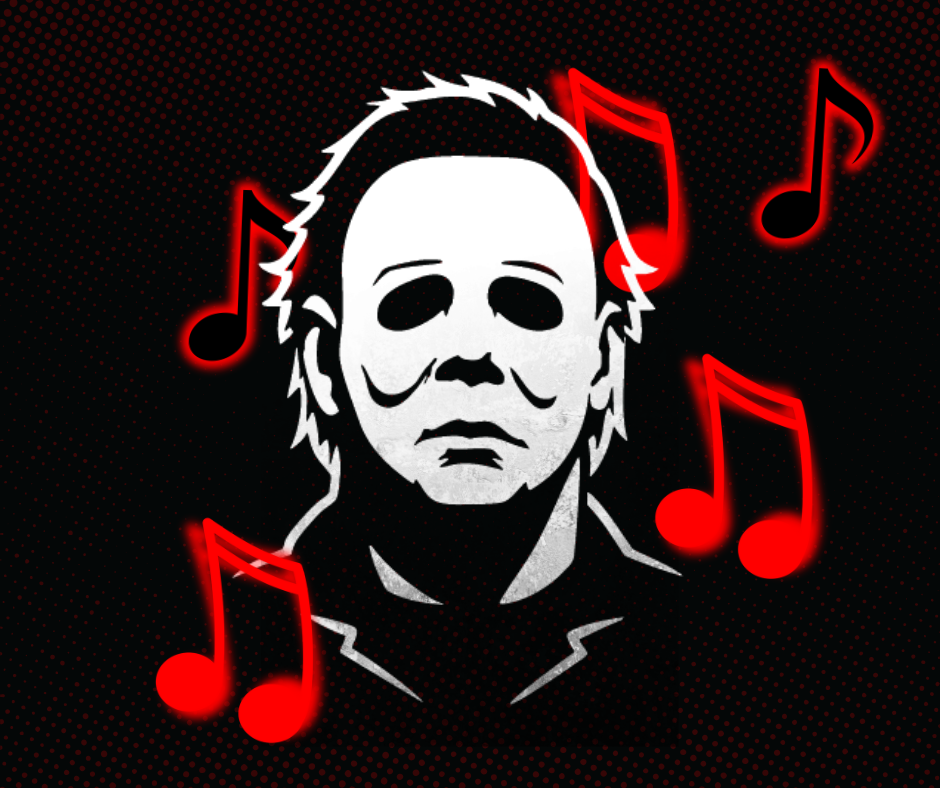
The most memorable, terrifying moments of any horror movie aren’t made by what we see but what we hear. Before the killer strikes, the monster appears, the jumpscare happens, there is music.
Music in horror films isn’t just background ambiance; it’s a fundamental directing tool that manipulates and controls pacing, transforming visual scenes into visceral experiences and shaping viewers’ emotions.
Music can attack our nervous systems head-on. That creeping violin, pulsing bass or sudden, deafening silence. These cues bypass our rational thought and trigger our primal responses. Horror music composers exploit this by clashing notes that create tension designed to keep us on edge, putting audiences in a state of unease. For example, a slow build of strings creates anticipation, elevates cortisol levels and hooks viewers.
The genius of horror lies in its ability to manipulate tension and release. Interestingly, silence has become one of modern horror’s most potent tools.
Films like “A Quiet Place” use the power of silence to their advantage. The lack of music makes the movie more terrifying than any score, creating space where every ambient sound becomes threatening. Noise then makes the viewers physically feel dread, chest pressure and even nausea.
However, it isn’t just the music that creates this tension.
Composers and directors work hand in hand to choreograph audience emotion with precise timing. The score actively directs your attention, telling you what to feel and often spoiling the surprise before seeing it on screen. When that ominous music kicks in as a character walks toward a door, you already know something’s waiting on the other side.
This applies especially to jump scares. The period of quiet or ambient sounds, the visual surprise and the sudden musical “stinger” make it powerful. The buildup in music creates anticipation through increasing volume or escalating dissonance, and then the sharp, high-frequency sound at maximum volume triggers an involuntary physical response.
The difference between an effective jumpscare and an ineffective jumpscare comes down, ultimately, to its musical setup.
Yet, when we use musical motifs as a sonic calling for particular characters or locations, it gets the audience anticipating. For instance, John Williams’ two-note “Jaws” theme instantly signals the shark’s presence. Meanwhile, Michael Myers’ “Halloween” theme is inseparable from the character. These signatures guide the director’s choices about when to reveal threats.
Strip the music from any memorable horror movie, and it fails. While the image remains, the emotional manipulation evaporates. Music is the invisible director of our fear response, telling us when to tense up, when to relax and when to brace for impact. As new subgenres and movies arise and evolve, so will the viewer’s relationship with music.
In the end, the truth remains: horror directors don’t just show us terror, they conduct it, and music is their baton.
